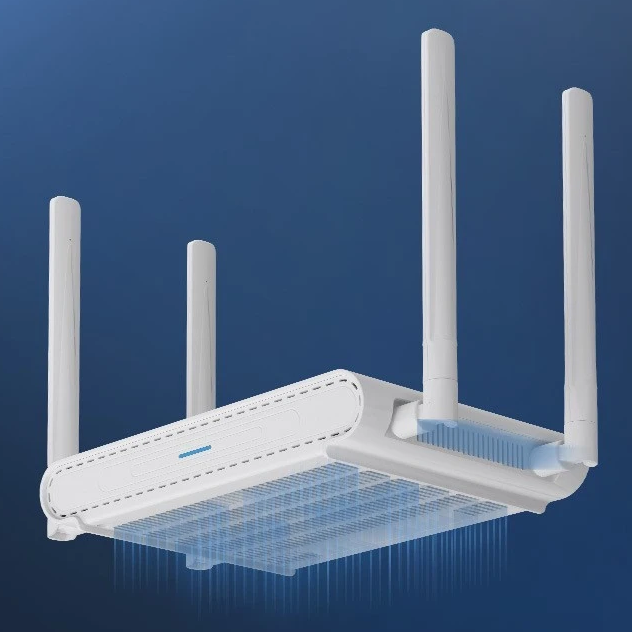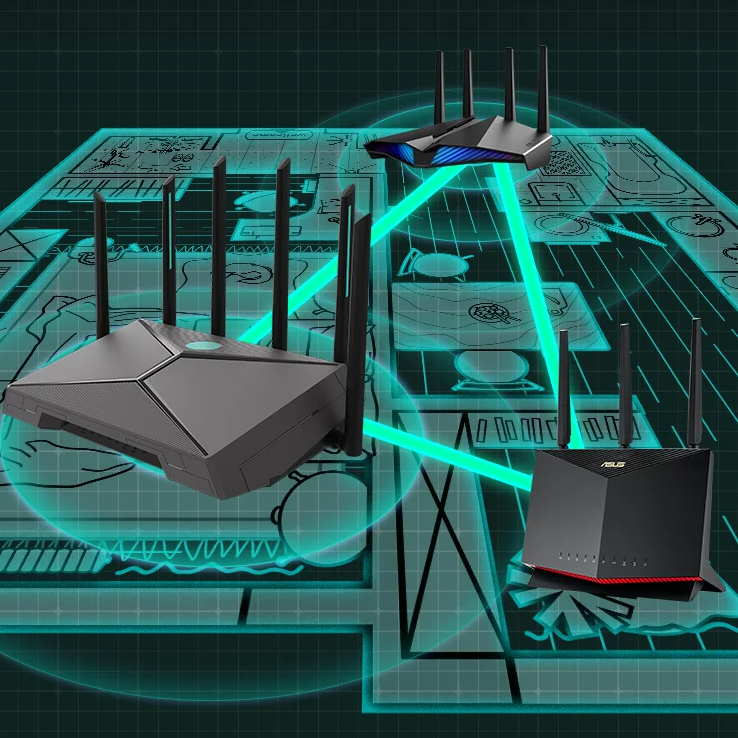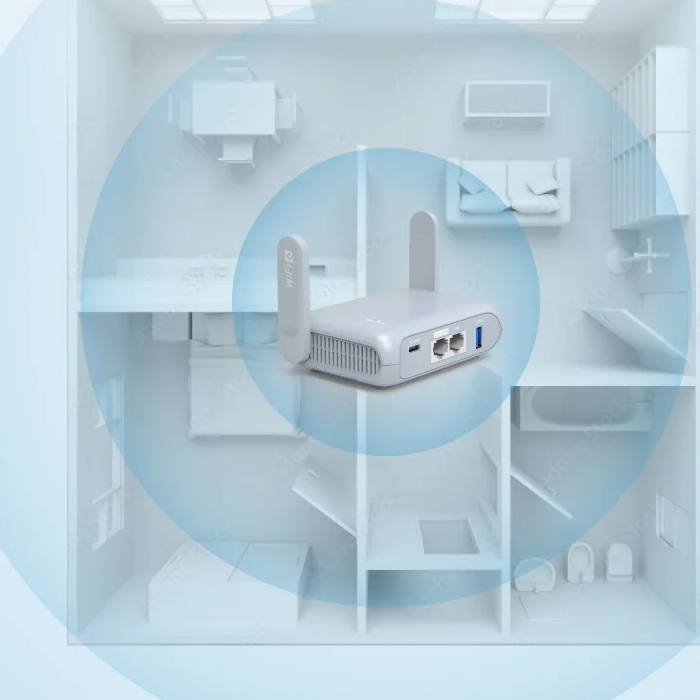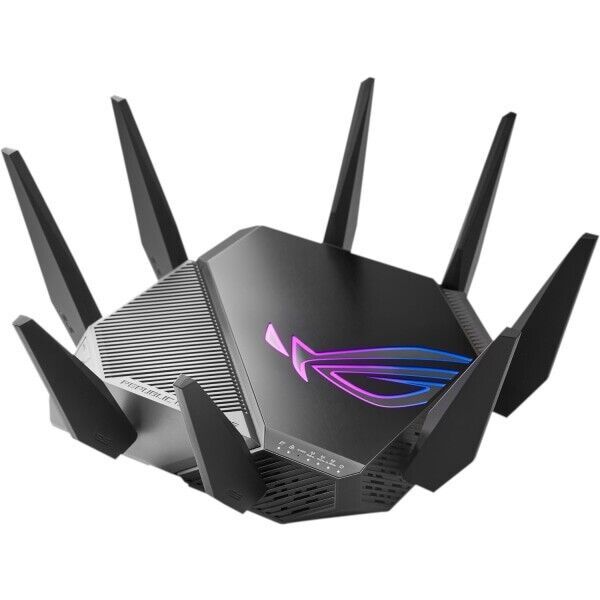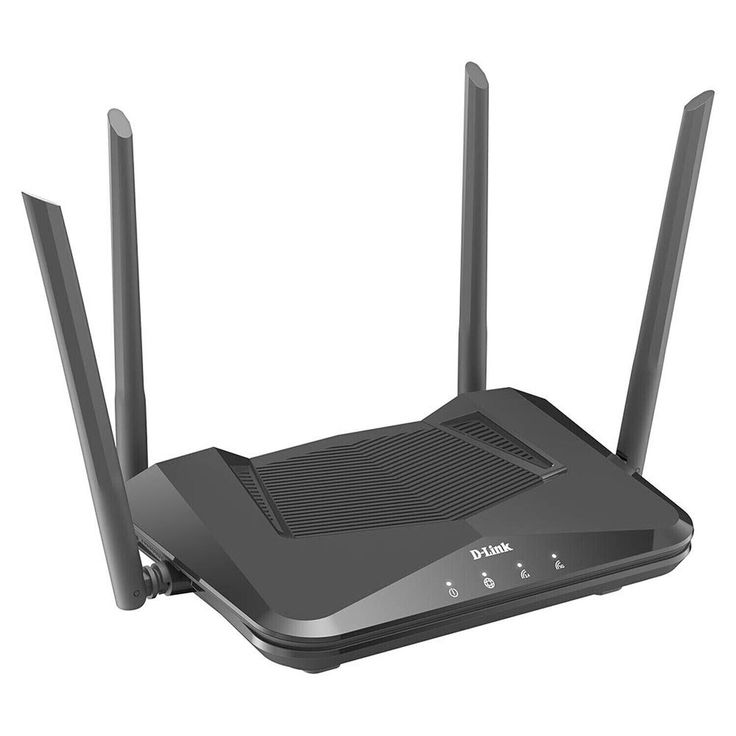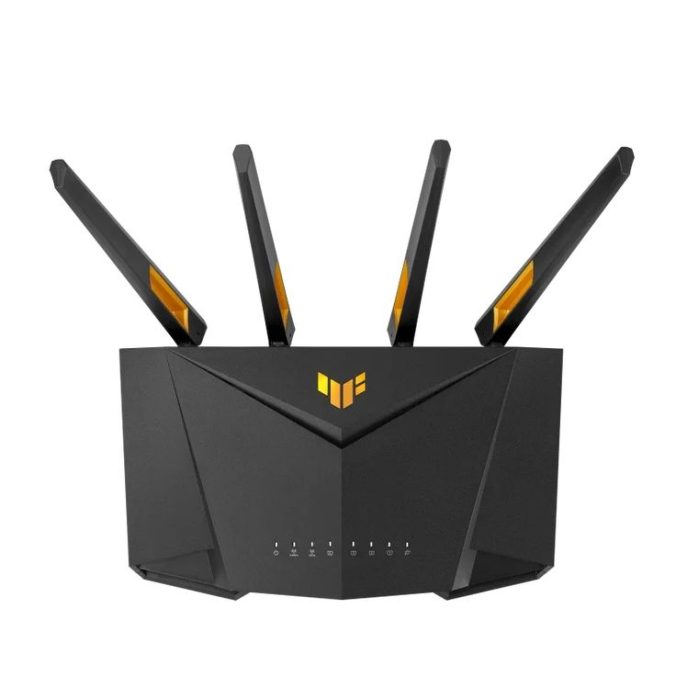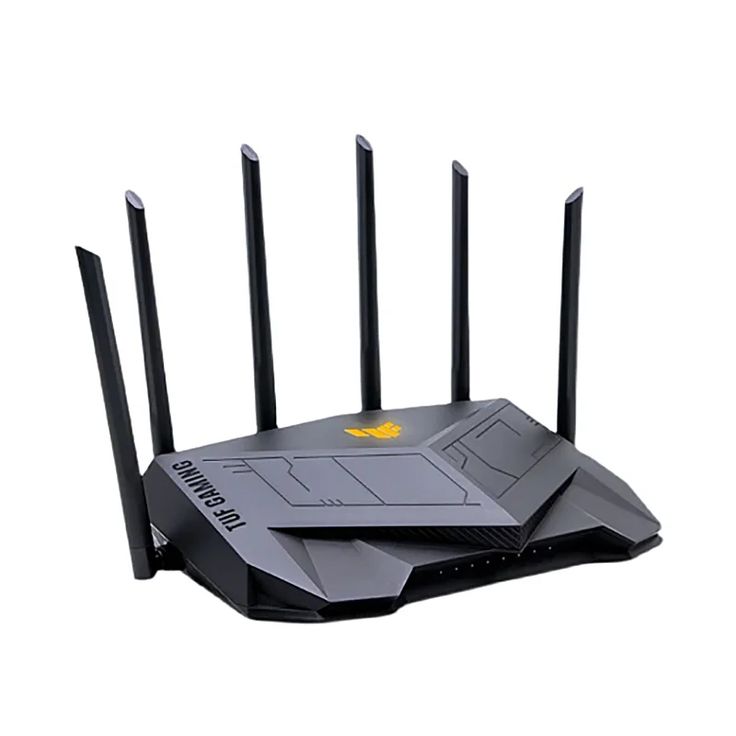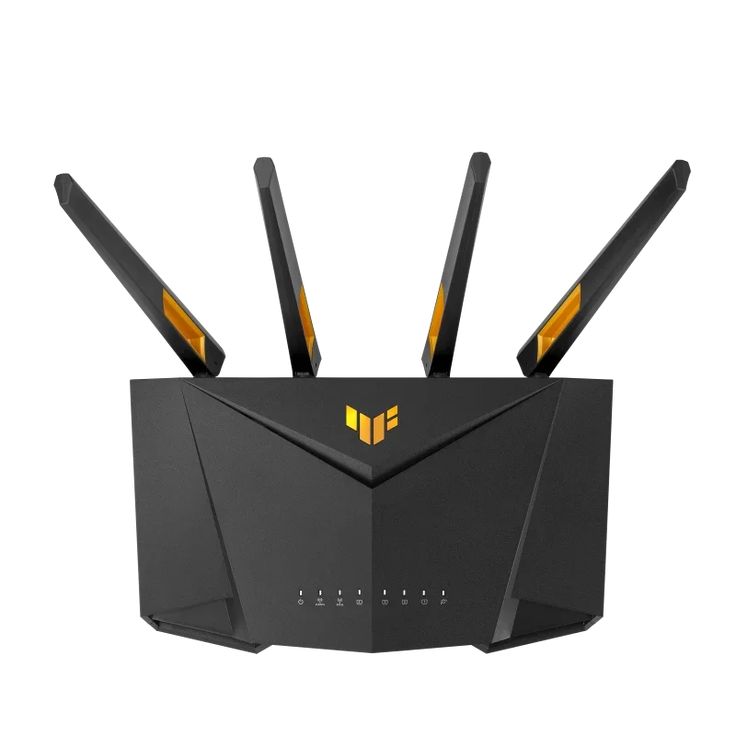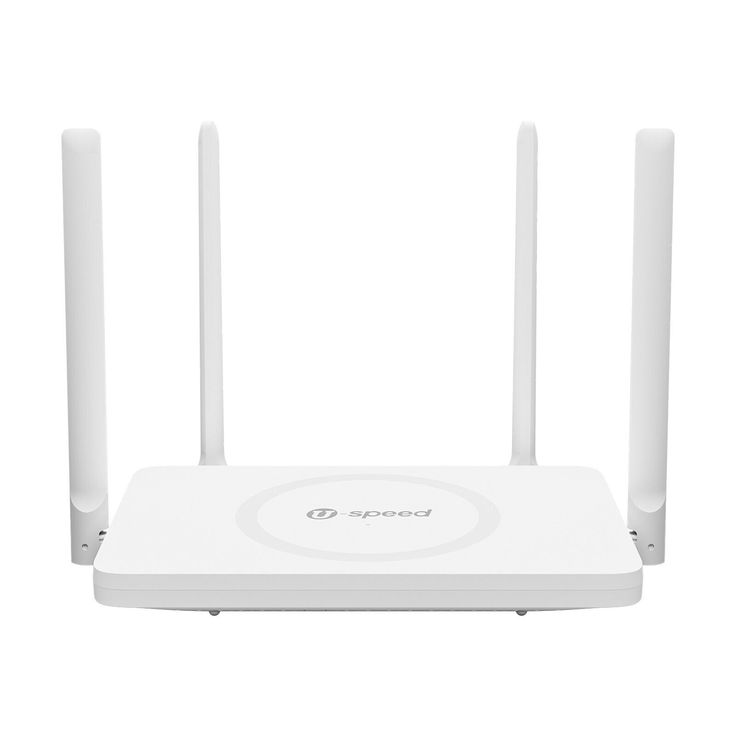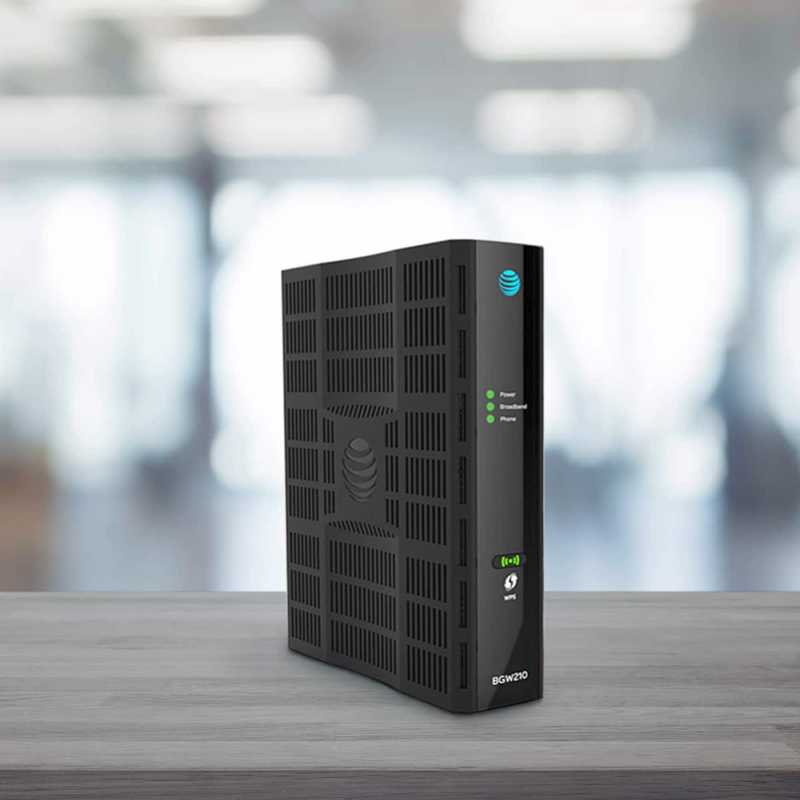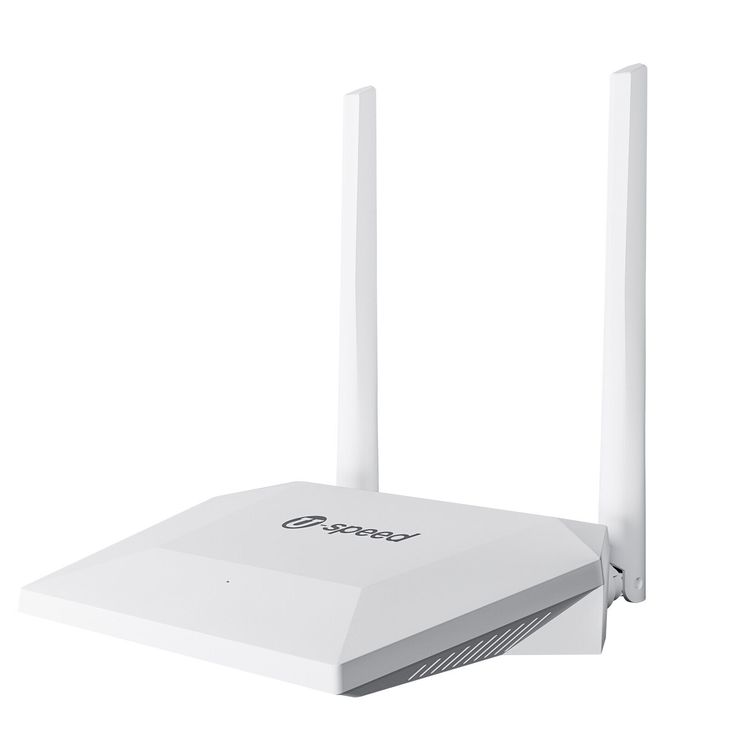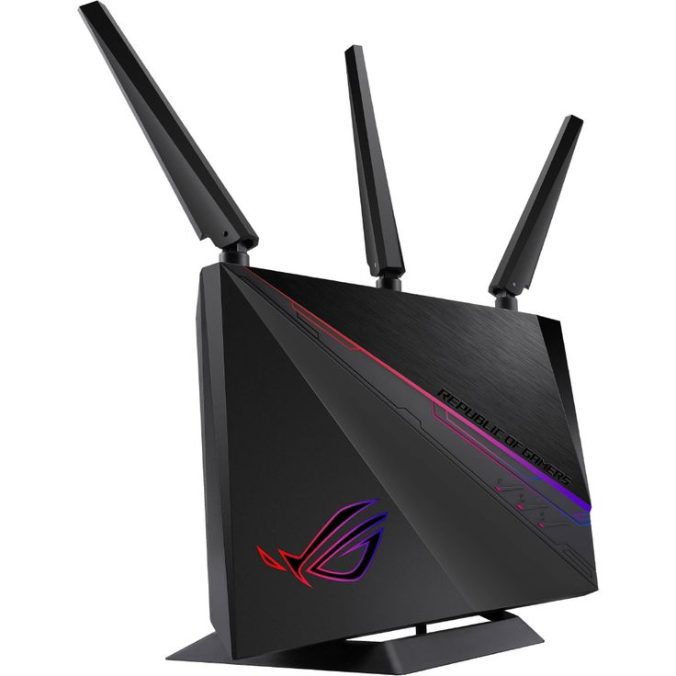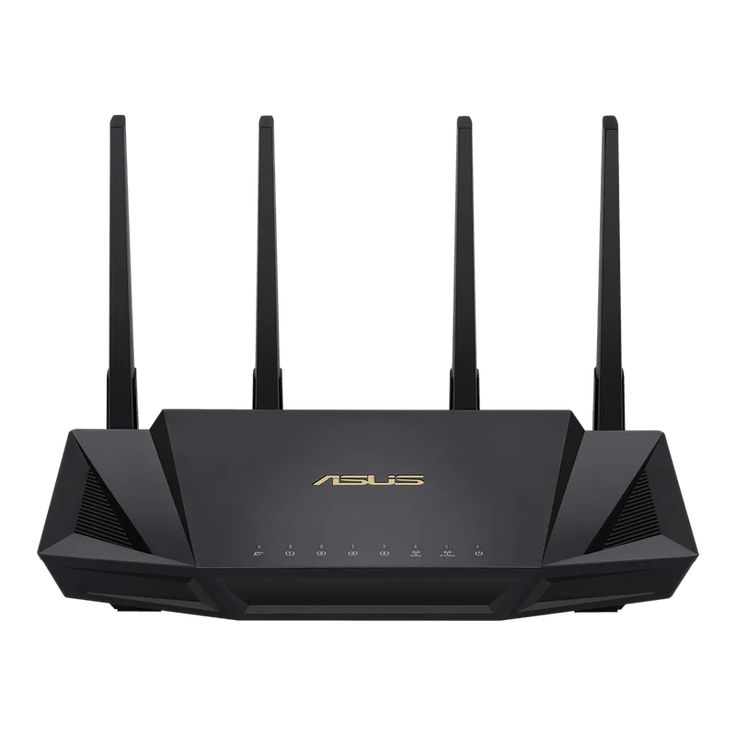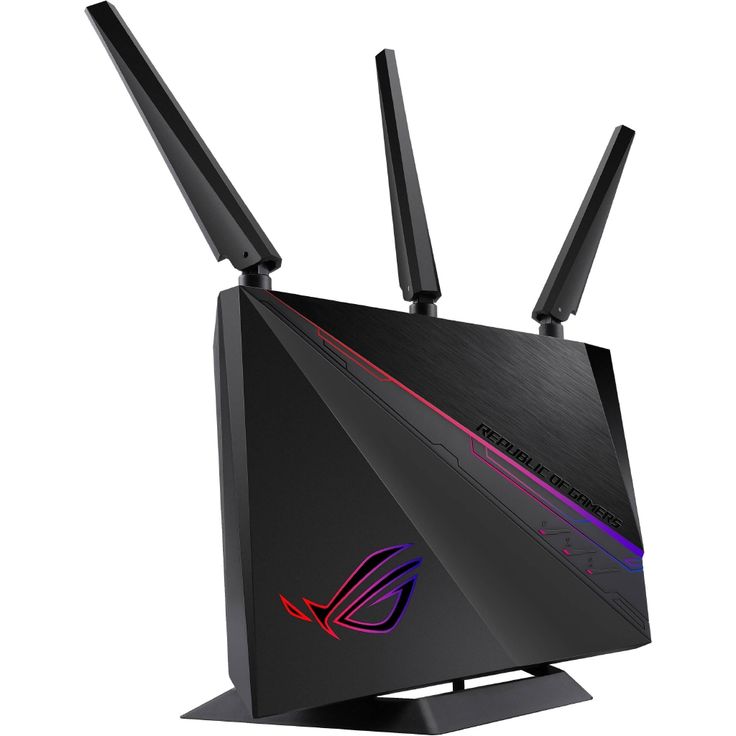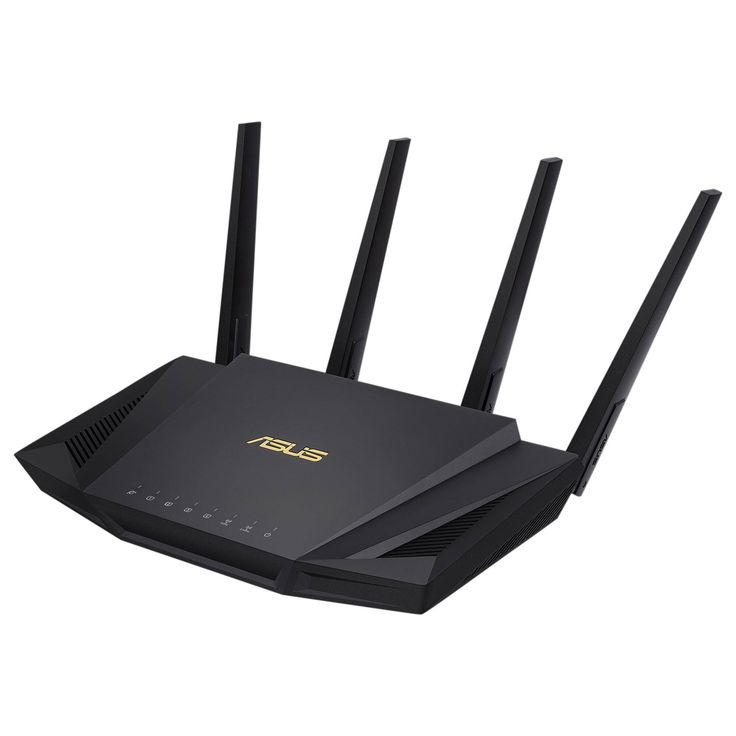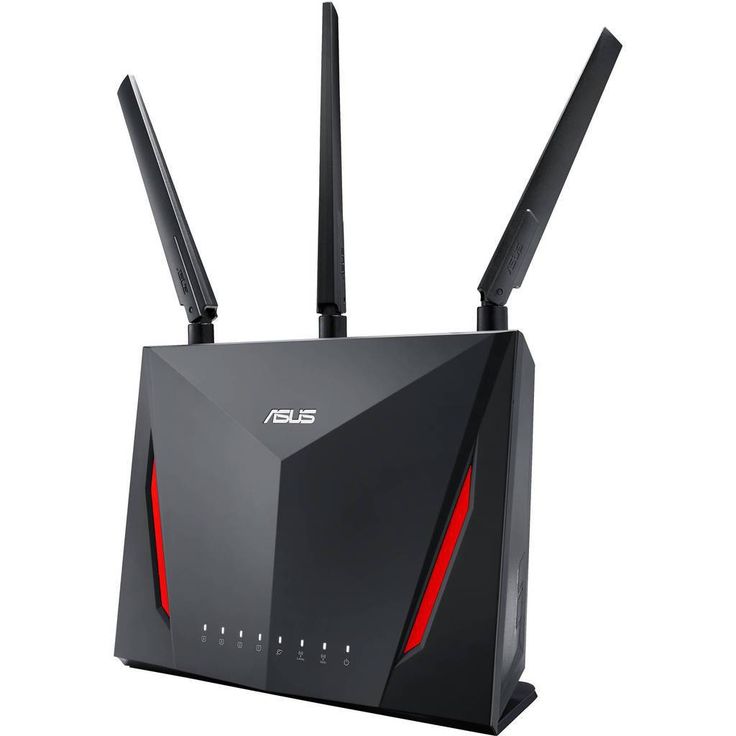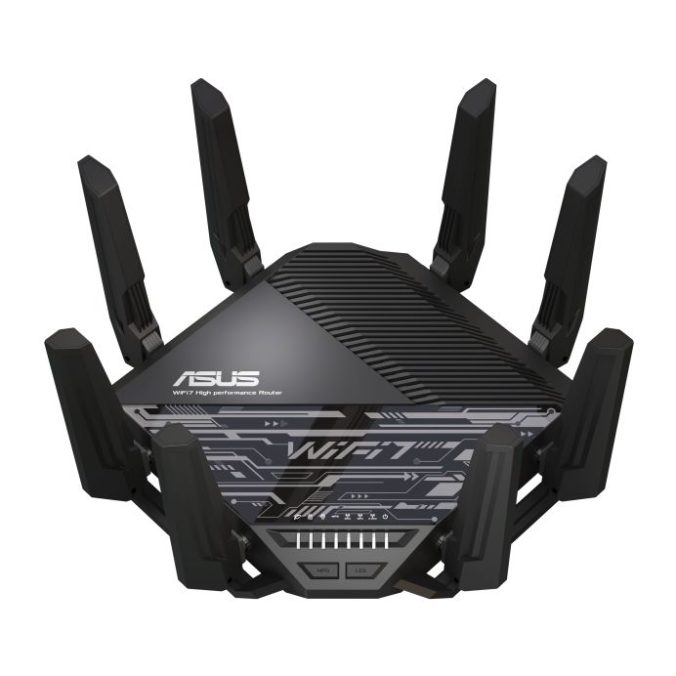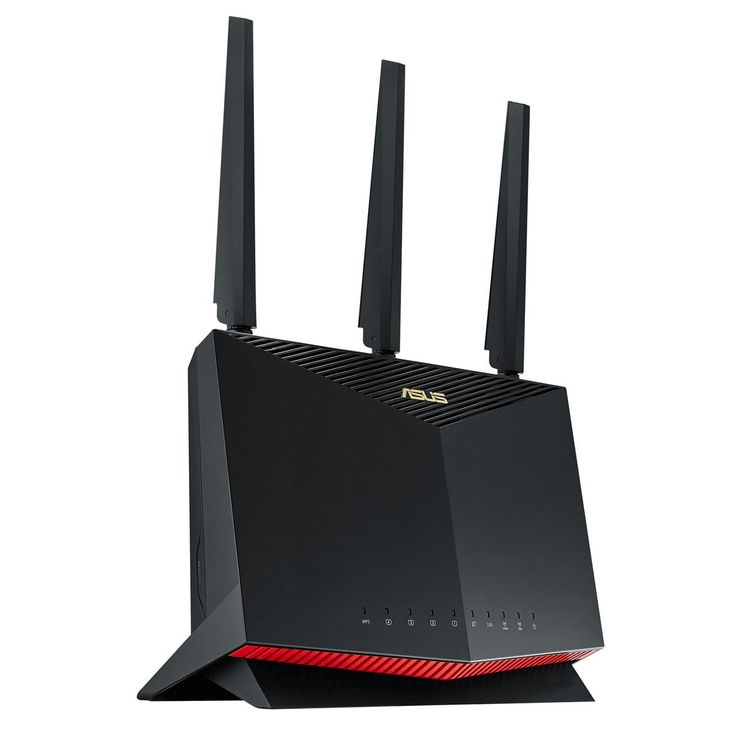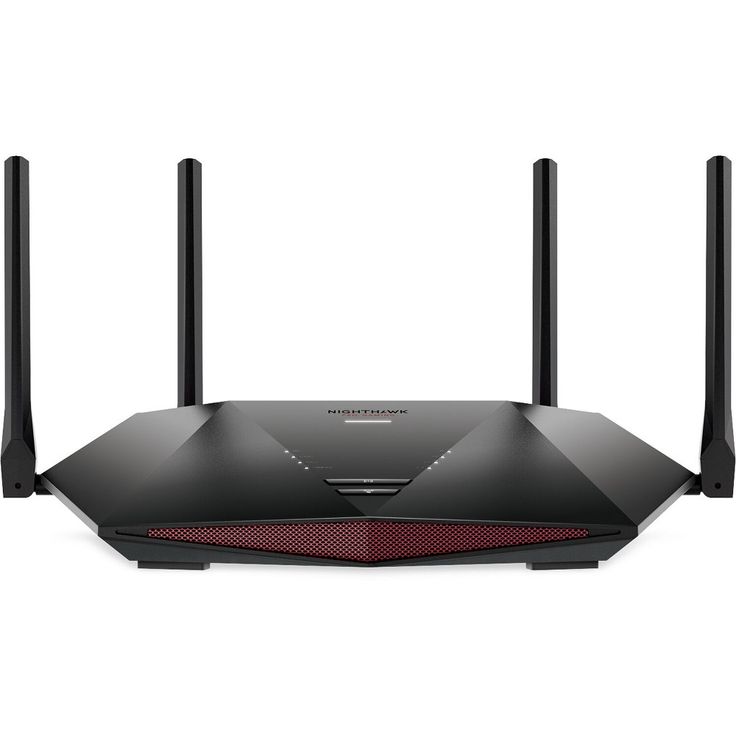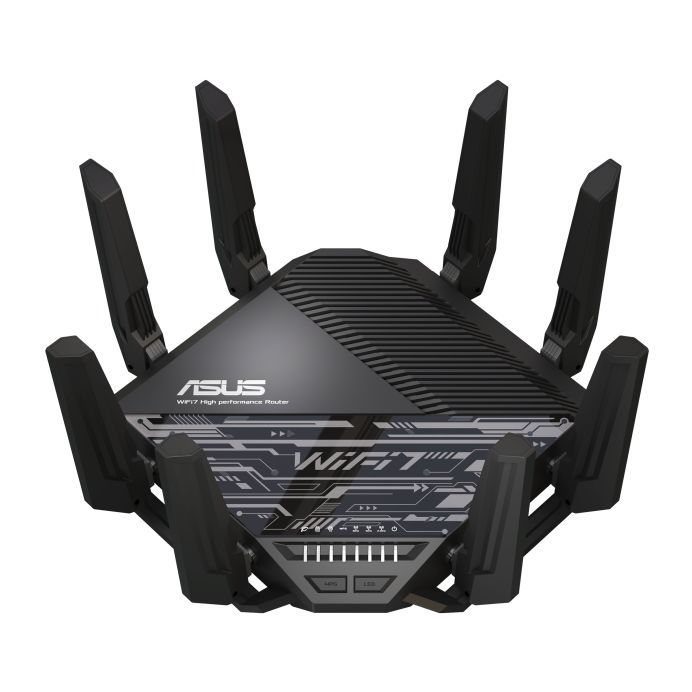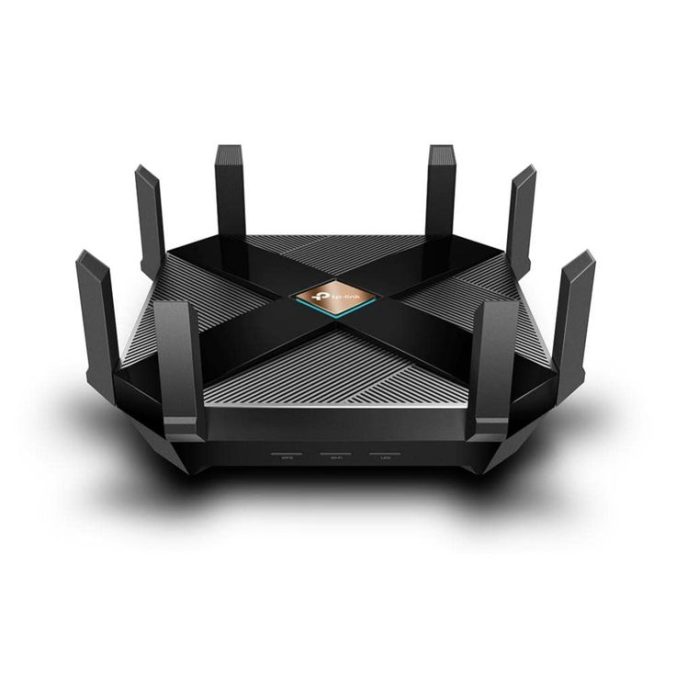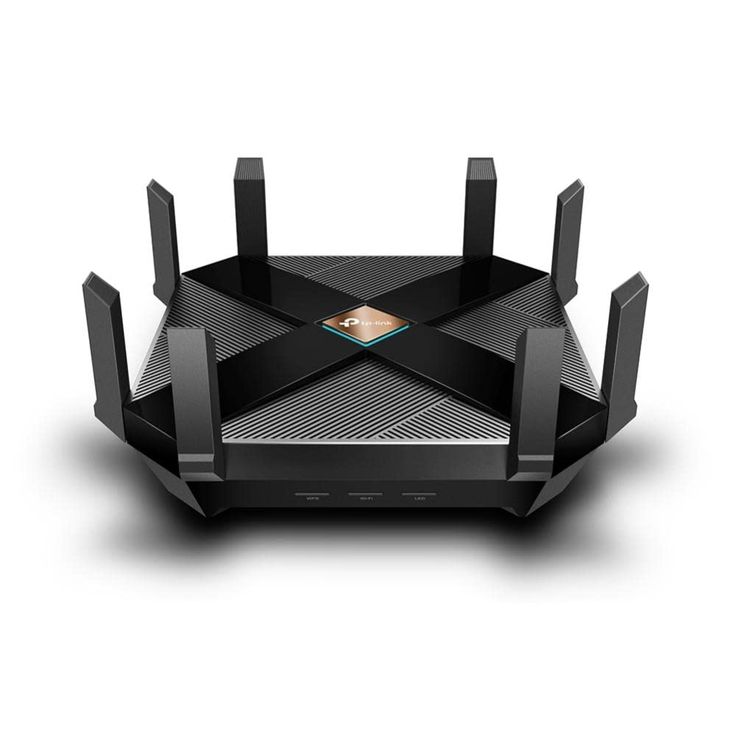In today’s interconnected world, securing your home network is more crucial than ever. One powerful tool for enhancing security is a router VPN. A router VPN extends protection across all devices on your network with a single setup, ensuring each one benefits from encryption and privacy safeguards. This includes devices that might not support standalone VPN applications.
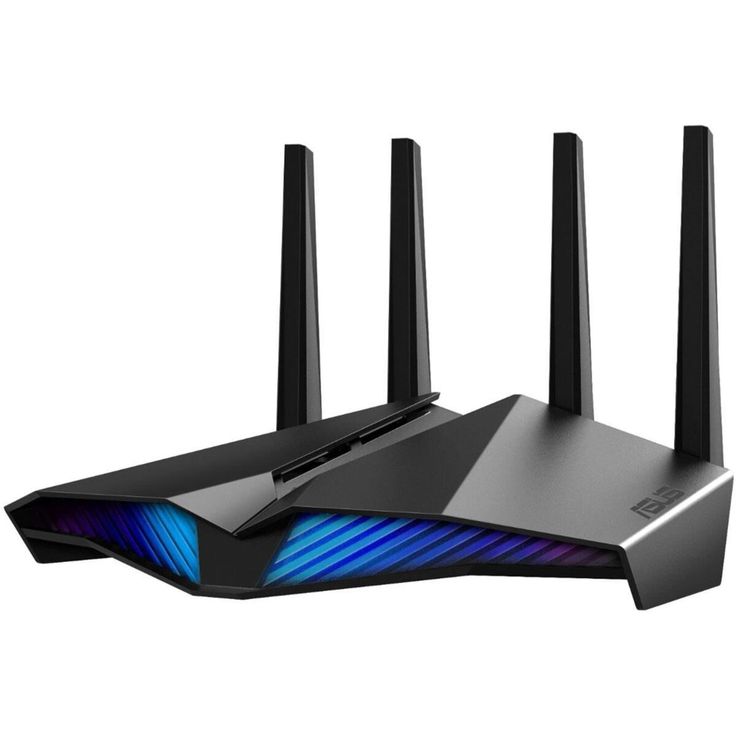
Why Consider a VPN for Your Router
When contemplating the advantages of installing a Virtual Private Network (VPN) on your router, the most compelling reason is the comprehensive protection it provides. A router-based VPN shields every connected device within your home network, which can range from smart fridges and security cameras to gaming consoles and smartphones. This means that all your internet activities remain private and secure, far removed from the prying eyes of hackers and other malicious entities. Furthermore, a router VPN keeps your Internet Service Provider (ISP) from tracking your online movements or engaging in data throttling. For anyone who is serious about enhancing their digital security, implementing a VPN at the router level is a wise decision that extends protection to every device on the network.
The Basics of VPN Router Functionality
Understanding router VPN functionality is straightforward. Once set up, the router encrypts internet traffic and routes it through a VPN server. This process hides your IP address, making your online actions harder to track. All devices connected to the router automatically enjoy this level of protection without needing individual VPN configurations. It’s a seamless solution for entire-home network security.
Checking Router Compatibility
Before diving into the setup, it’s critical to ensure that your router can handle a VPN. Not all routers have this capability, and confirming compatibility is the first step. This section will guide you through identifying if your router is ready for a VPN and what to do if it isn’t.
Identifying VPN-Capable Routers
Start by checking your router’s manual for any VPN functionality mentions. No manual? Look up the model online with ‘VPN compatibility’ as a search term. Some routers, like Aircove, come with built-in VPN capabilities. Alternatively, lists from VPN providers might include your router model as supported. Key router models often compatible with VPNs are Asus RT-AC56(U/R/S), Linksys WRT32X, Netgear R6300v2, and Netgear Nighthawk R6700v3.
What to Do If Your Router Isn’t VPN-Compatible
If it turns out your router doesn’t support VPN, you’re not out of options. You can either upgrade the firmware to a version that supports VPNs, like DD-WRT or Tomato, or consider purchasing a new router with built-in VPN functions. Upgrading firmware can be technical, so if you’re unsure, it may be safer to buy a new router like the plug-and-play Aircove VPN router, which is designed for easy VPN integration.
Types of VPN Routers Explained
Choosing the right VPN router can be daunting. There are several types, each suited to different needs. Here’s a rundown of the main types, so you can pick the best one for you.
Routers with Built-In VPN Software
Routers with built-in VPN software come ready to go. They need no extra setup. Just log in, and your network is secure from day one. Examples include Aircove, which has ExpressVPN software pre-installed. These are often the simplest solution but may cost more.
Compatible Routers for VPN Installation
Some routers are built to work with downloadable VPN software. You install the VPN client on these routers. They offer flexibility as you can choose from many VPN services. But, the setup can be complex. Models like Asus RT-AC56 and Linksys WRT32X are known to support this.
VPN Router Boxes for Easy Setup
These are small, plug-and-play devices. You connect them to your existing router. No need to replace your current setup. They’re portable, ideal for travel, and require minimal effort to get running. However, they may not be as powerful as traditional routers.
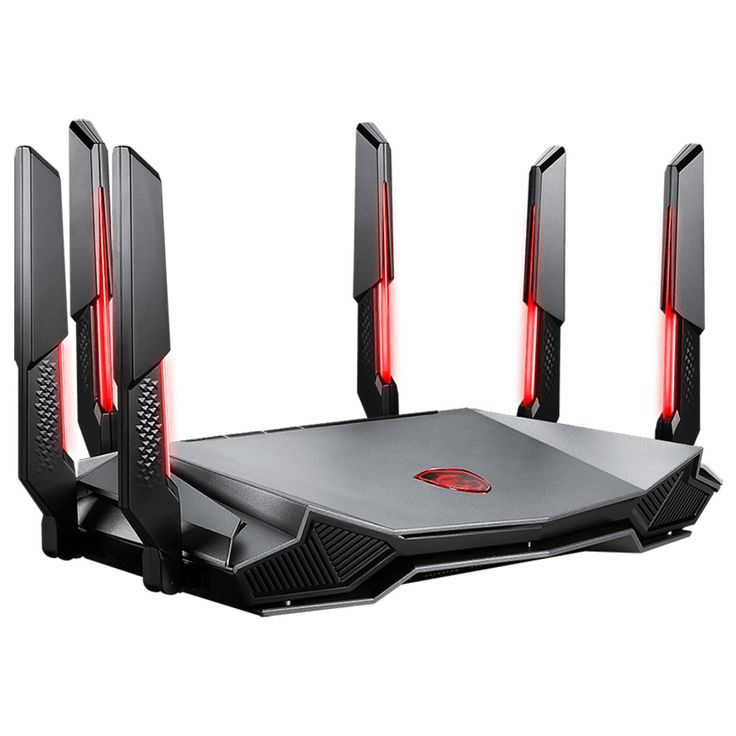
Step-by-Step Guide to Setting Up a VPN on Your Router
Preparing for Installation
Before you begin installing a VPN on your router, gather the necessary information. This includes your VPN account credentials and any specific configurations or settings from your VPN provider. Ensure your router is powered on and connected to the internet. Also, it’s advisable to have a computer or device available for accessing the router’s settings.
Accessing Router Firmware
Access your router’s admin panel by entering its IP address into a web browser. Common addresses are ‘192.168.1.1’ or ‘192.168.0.1’. Log in with your router’s username and password. If you’re unsure of these, they’re often found in your router’s manual or on a label on the router itself.
Uploading VPN Configuration
In the router’s admin panel, locate the VPN settings, often under ‘Advanced’ or ‘Security’. Follow your VPN provider’s guidelines for the specific setup. This may involve entering server addresses, your VPN account details, and selecting VPN protocols. If provided, upload your VPN configuration file directly to the router.
Testing and Verifying VPN Connection
After setting up the VPN, test the connection to confirm it’s active. You can do this by checking your IP address on a website like ‘whatismyipaddress.com’. The displayed IP should differ from your original one. Additionally, try accessing geo-restricted content to ensure your VPN is working correctly and providing the necessary protection.
Advantages and Disadvantages of Router VPN
SetupVPN on router has both pros and cons. It’s vital to assess these factors before proceeding with a router VPN installation.
Always-On Security and Privacy Considerations
One major benefit is ‘always-on’ security. A router VPN continuously protects all connected devices without extra steps. Your entire network enjoys encryption. This means improved privacy for smart gadgets, PCs, and phones alike. A router VPN also hampers ISP tracking, offering more online freedom and less data throttling. It’s a solid shield against external threats, safeguarding digital life at home.
However, it’s not all straightforward. Router VPNs mean all network traffic is encrypted, which may slow internet speeds. Plus, some online services may challenge or block VPN IP addresses. Users must balance security with potential latency and accessibility trade-offs.
Challenges with Setup and Device Limitations
Setting up a VPN on a router can be challenging. It often requires technical knowledge, especially with configuration and troubleshooting. Those not tech-savvy may find the process daunting. And, not all routers are VPN-ready, which could mean extra cost for a compatible device, like the user-friendly Aircove VPN router.
Furthermore, device limitation is a concern. Some older devices or specific gadgets may not support VPN connection via router. Users may also face difficulties if they desire different VPN settings for specific devices. These factors demand careful planning and potentially, the acceptance of certain limitations.

Maximizing Your VPN Router’s Performance
To get the most from your VPN-enabled router, optimize setup and maintain it regularly. Here’s how.
Tips for Optimal Setup and Maintenance
- Position your router centrally to avoid signal weak spots.
- Use strong, unique passwords for both router and VPN access.
- Reboot the router periodically to refresh the connection.
- Check and adjust your VPN settings for optimal speed and security.
- Manage connected devices, less can mean more bandwidth for each.
- Keep tabs on bandwidth usage, especially during VPN-heavy tasks.
Selecting the Right VPN Server
Choose servers closest to your physical location for the fastest speeds. Experiment with different servers when facing connection issues or if seeking content from specific regions. Your VPN provider may also recommend servers optimized for streaming or downloading.
Keeping Your Router Firmware Updated
Router manufacturers and VPN services often release updates. These can fix security lapses, add features, or boost performance. Enable auto-updates where possible. If manual updates are needed, check the official websites regularly and follow their update guidance. An up-to-date router is a secure router.

